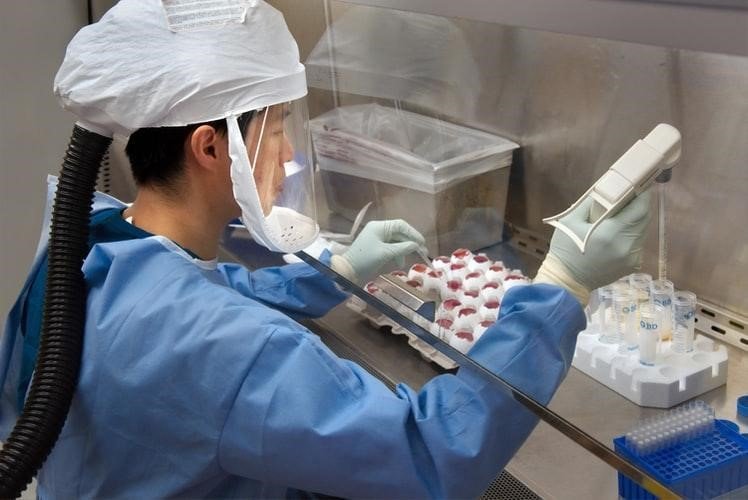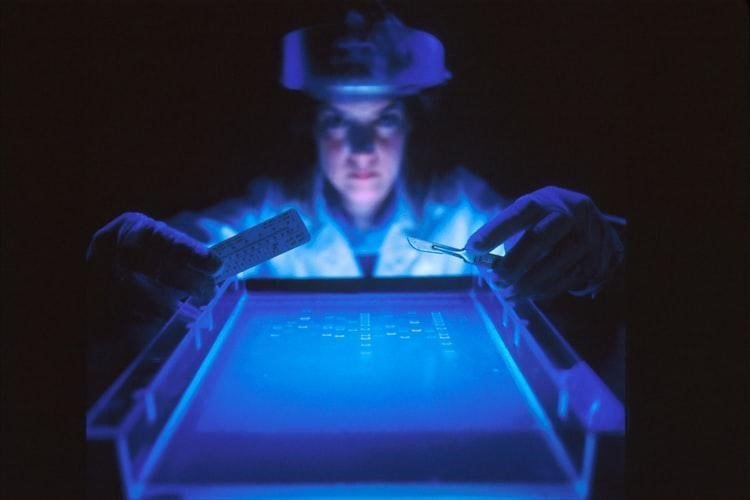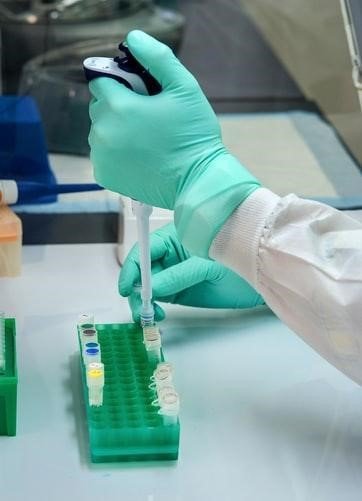Proteins are fundamental for drug discovery, structural analysis, and immunoassays. With recent advances in biological sciences, researchers are turning their attention to proteins. They are studying the complexities of protein-protein interactions and properties to unravel the mysteries of many disorders.
But why do you need to purify proteins?
With this article, we aim to explore effective techniques used in protein purification.
What is Protein Purification?
Research states that protein purification is a vital step of any protein-specific research effort. Without cleansing, you cannot gauge the quality of protein. Drugs, specialty enzymes, and therapeutic proteins industries also leverage large-scale protein purification.
Various techniques are used for protein purification. However, there is a significant bottleneck in working with proteins, i.e., purifying the protein of interest with minimum cost and labor.
You can outsource it to a professional laboratory offering a protein purification service. They have highly optimized procedures to help you save time, money, and sanity.

Techniques Used In Protein Purification
1. Ion-Exchange Chromatography
Ion exchange is one of the most frequently used chromatographic techniques for protein purification – Why? Because the method is simple, controllable, and has resolving power.
- In this technique, protein purification is done based on the net charge.
- For instance, if you use carboxylate columns, a protein with a net positive charge will bind. In contrast, a protein with a net negative charge will not.
- You can elute the positively charged protein by increasing the salt concentration in the eluting buffer. It happens because the positive ions in the salt will compete with proteins binding to the column.
- Low charge density proteins will emerge first. Then, higher density charged proteins would follow.
2. SDS – Polyacrylamide Gel Electrophoresis
SDS-PAGE is one of the most effective methods for protein purification. You can treat proteins with SDS, i.e., sodium dodecyl sulfate, before and during the process. This anionic detergent denatures proteins. After that, you can pass the sample through an electrically charged gel matrix.
Proteins are separated based on their molecular weight. This technique can purify even proteins that differ in molecular weight by less than 10%.

3. Affinity Chromatography
It is a single-step purification process based on the specific binding properties of proteins. A column of ligands with an affinity to the protein of interest can capture it. This technique is most competent when the interaction of the protein and the ligand is highly specific.
4. Immunoblotting
This technique uses antibodies as the ligands to purify the protein of interest. You can also label the antibodies with dyes or isotopes for easier detection after separation.
5. Enzyme assay
Researchers use enzyme assay to detect a unique identifying property of the protein. This technique separates the non-protein parts from the protein sample. After that, you can purify the protein of interest from other proteins.

To Sum it Up
Proteins are responsible for maintaining our cell’s functional and structural integrity. Many disorders are associated with protein malfunction. We need to identify and study individual proteins to analyze these malfunctions and complexities. That’s where protein purification comes in.
Yet sometimes, you cannot produce a 100% pure protein isolate using only one technique. Hence, you can use a combination of one or more methods to purify the protein of your choice.
References
https://bio.libretexts.org/Bookshelves/Biochemistry/Supplemental_Modules_(Biochemistry)/4._Biotechnology_2/4.1%3A_Protein_Purification
https://brf.anu.edu.au/files/protein_purification_handbook_0.pdf
https://en.wikipedia.org/wiki/Protein_purification#Analytical
https://info.gbiosciences.com/blog/bid/154230/what-is-protein-purification-and-what-techniques-are-used-during-this-process
https://info.gbiosciences.com/blog/bid/154230/what-is-protein-purification-and-what-techniques-are-used-during-this-process
https://pubs.acs.org/doi/pdf/10.1021/bk-1990-0427.ch001
https://www.biologydiscussion.com/biochemistry/protein-purification/methods-of-protein-purification-4-methods/12962
https://www.healthtechzone.com/topics/healthcare/articles/2019/07/30/442828-an-overview-the-protein-purification-process.htm
https://www.intechopen.com/books/ion-exchange-technologies/the-role-of-ion-exchange-chromatography-in-purification-and-characterization-of-molecules
https://www.nature.com/articles/nmeth0105-71?platform=hootsuite
https://www.ncbi.nlm.nih.gov/books/NBK22410/
https://www.thebalance.com/methods-for-protein-purification-375683







Leave a comment